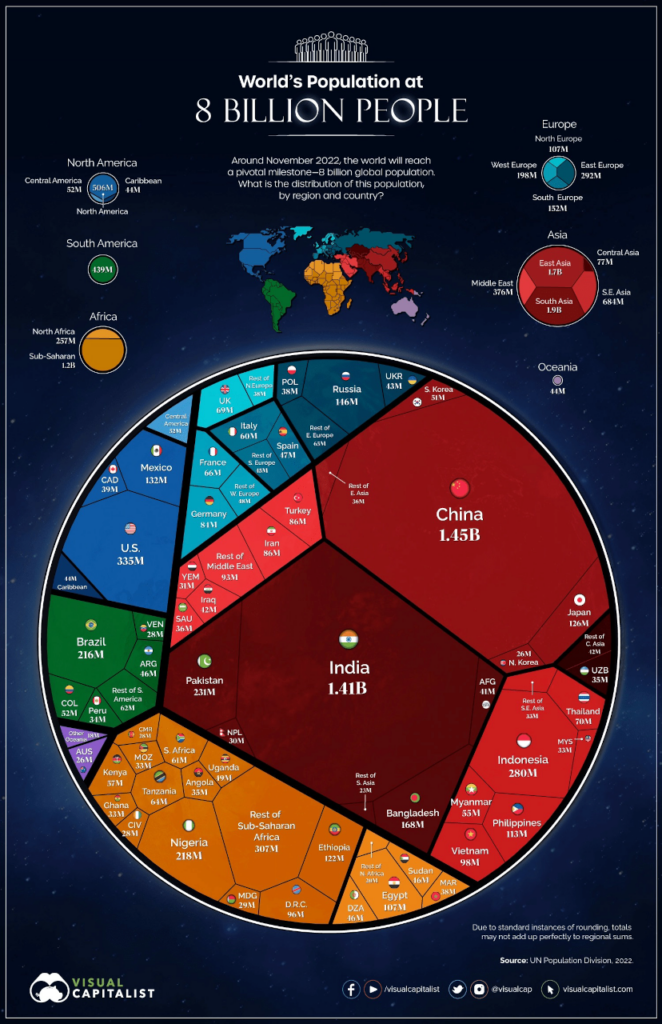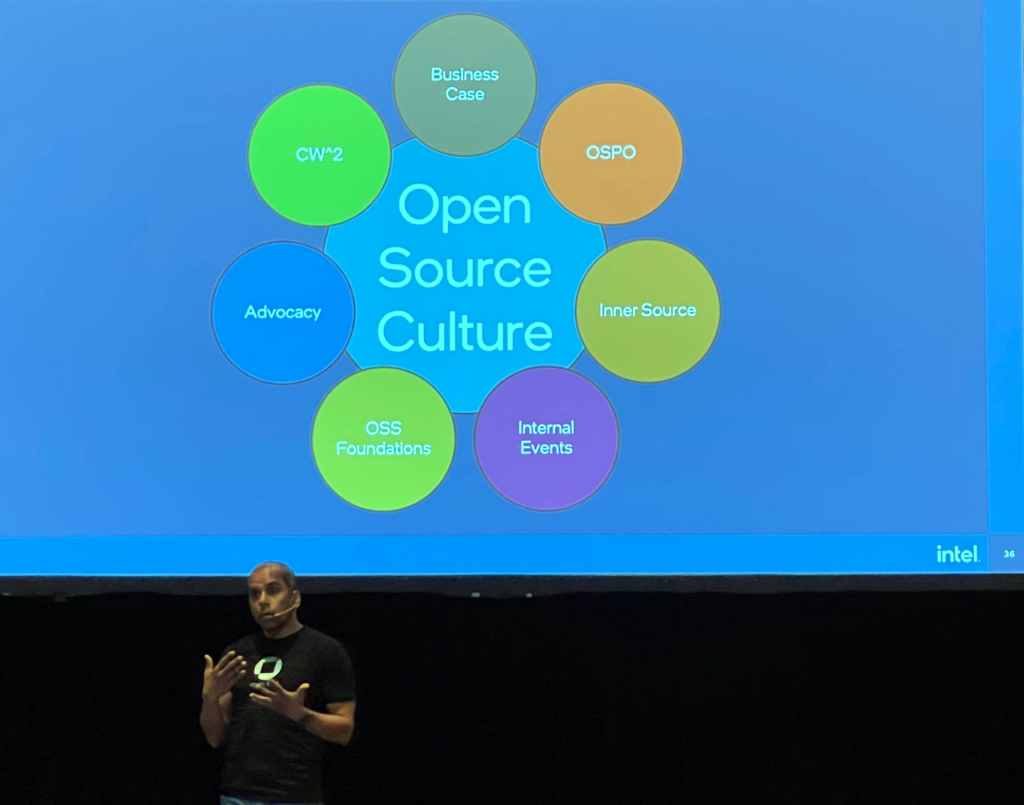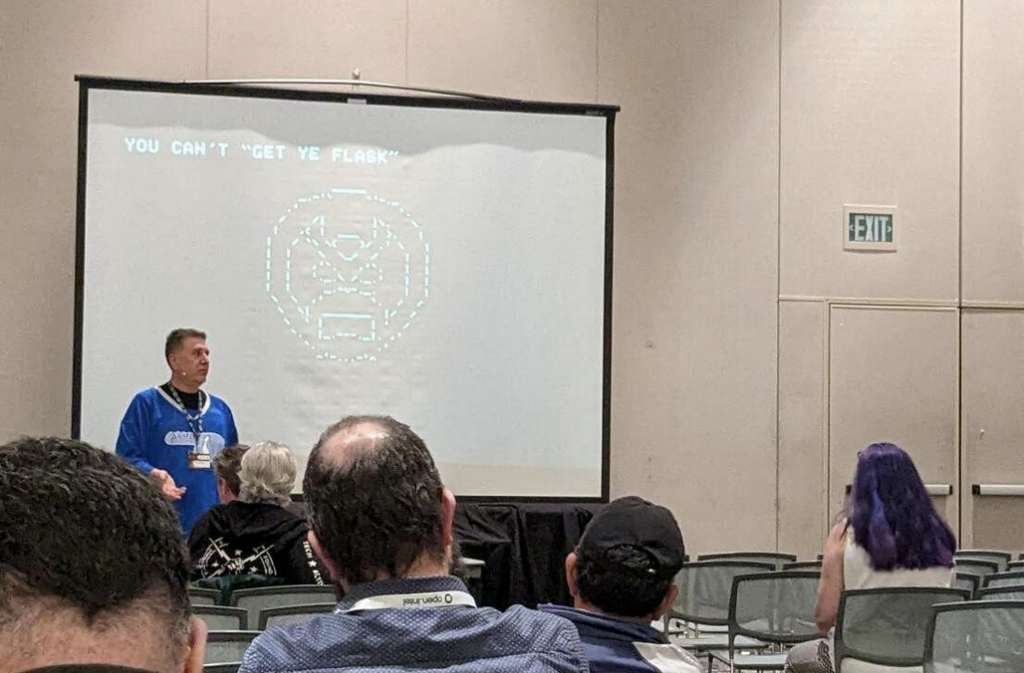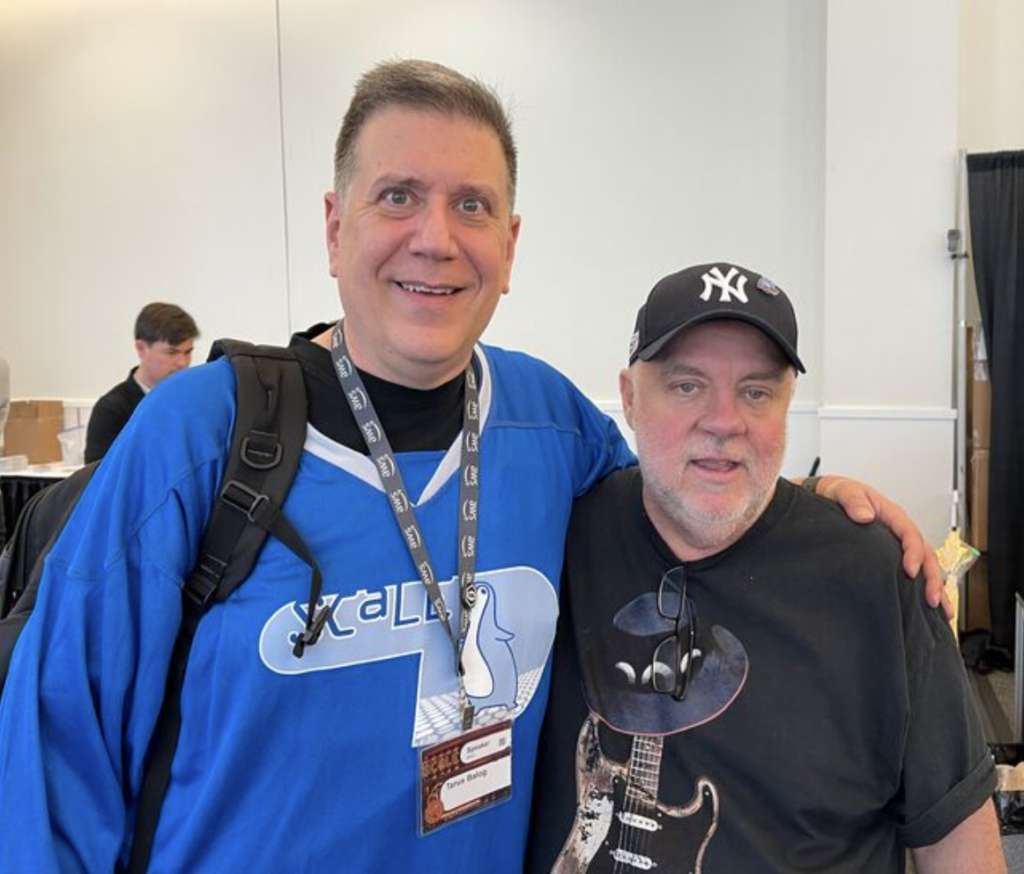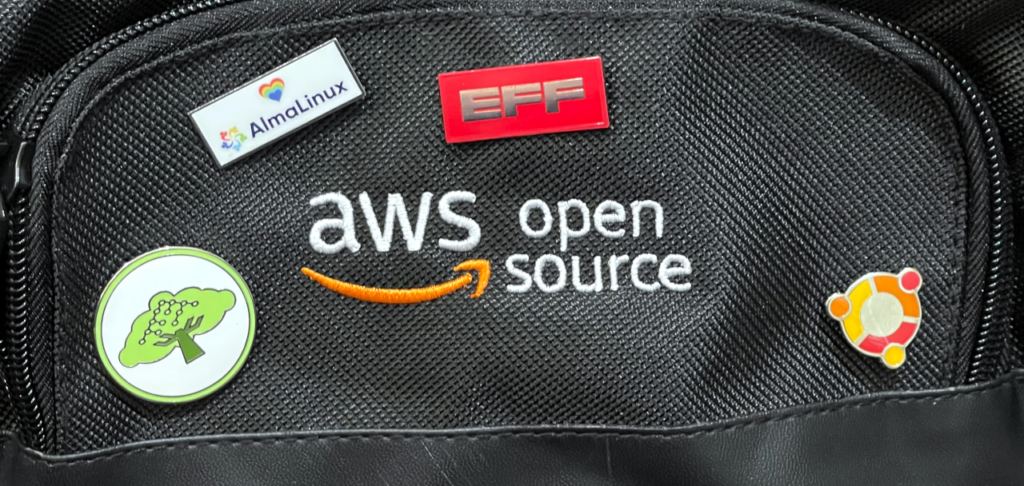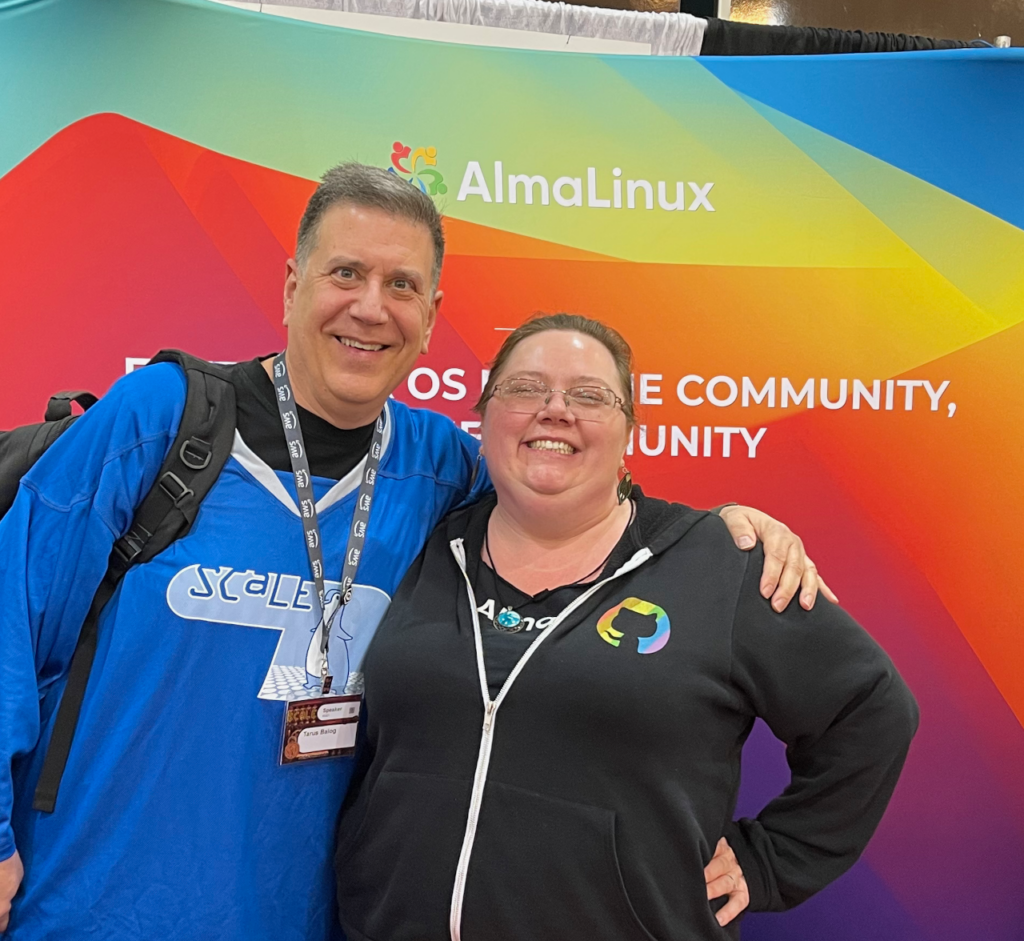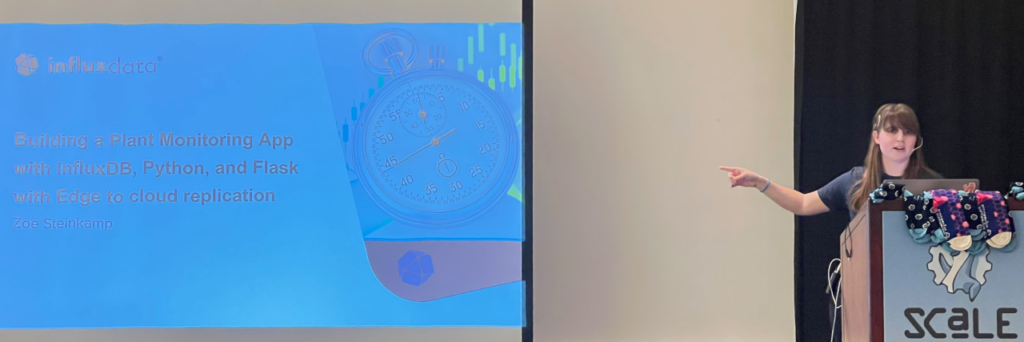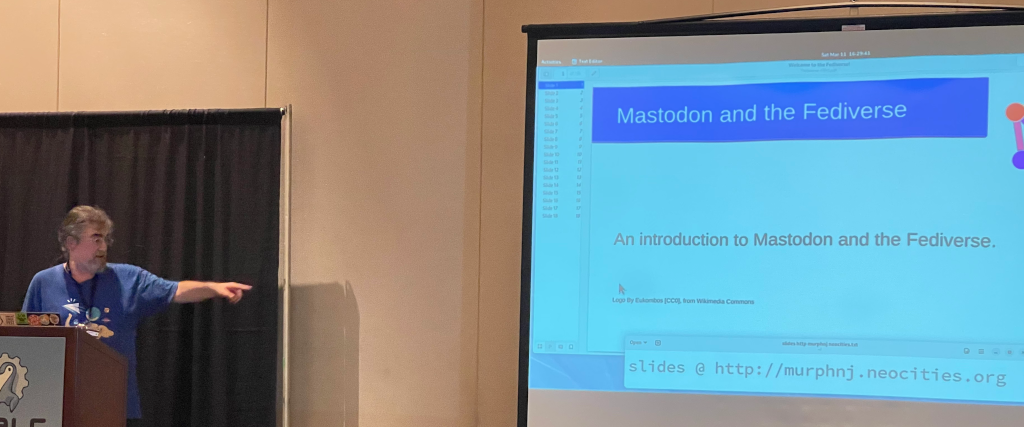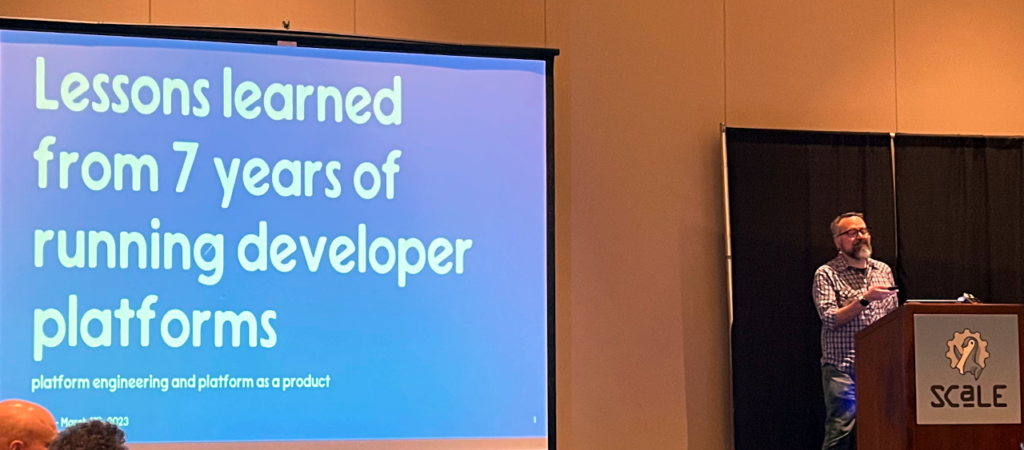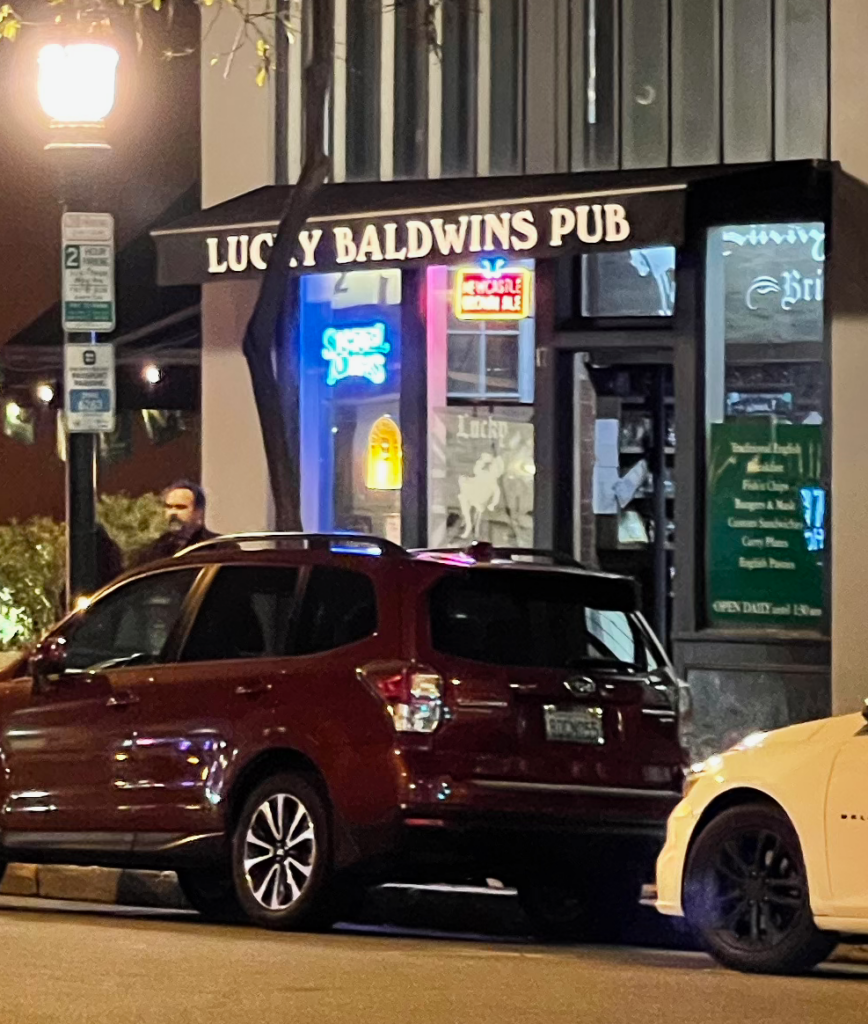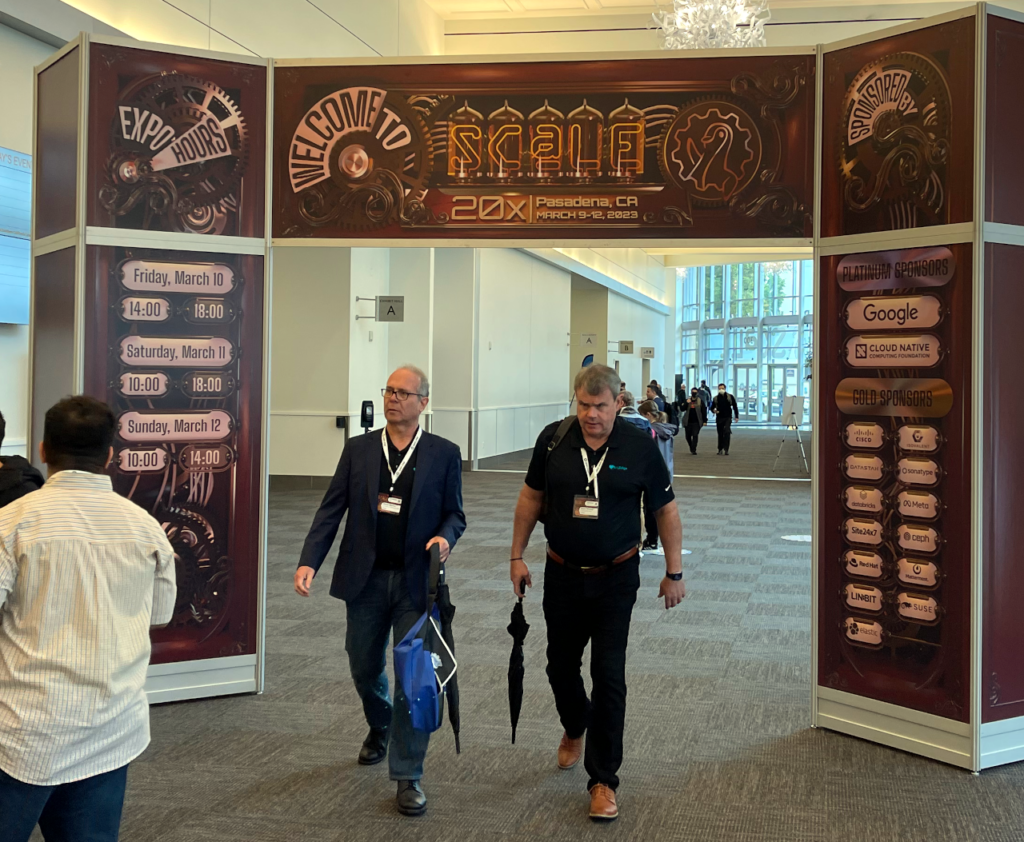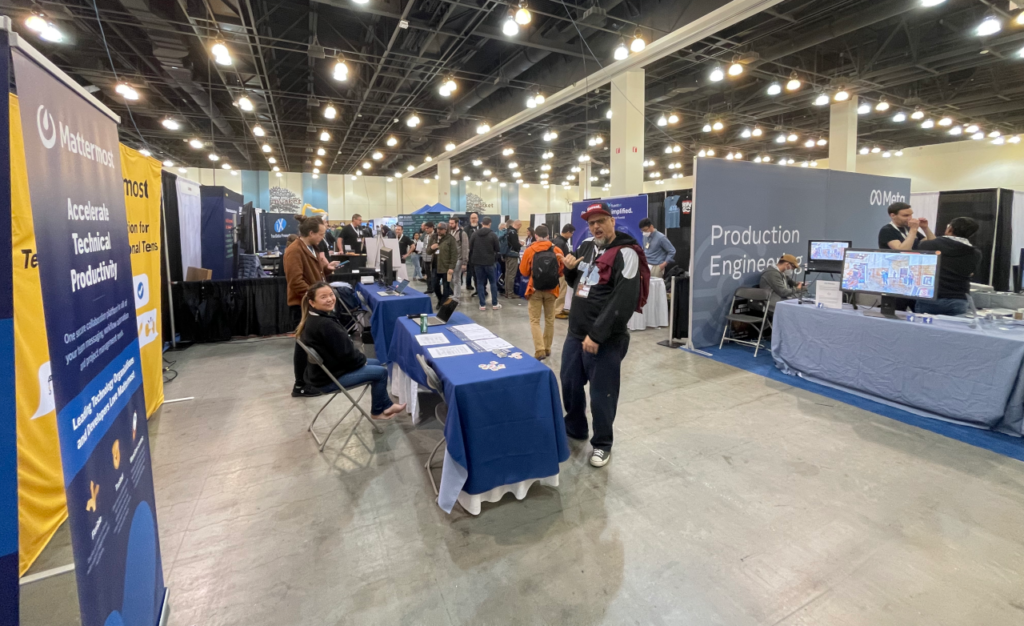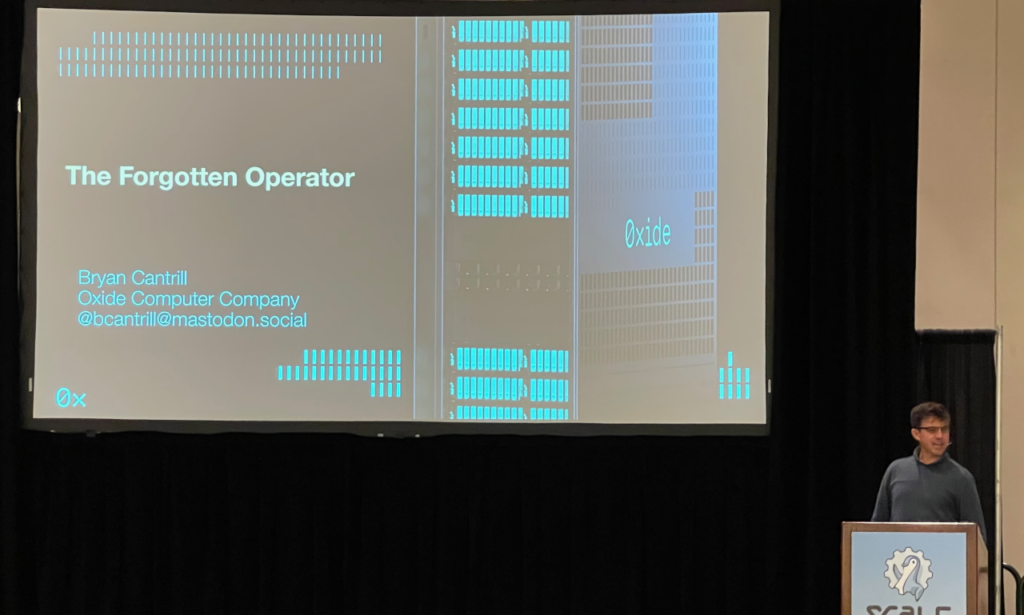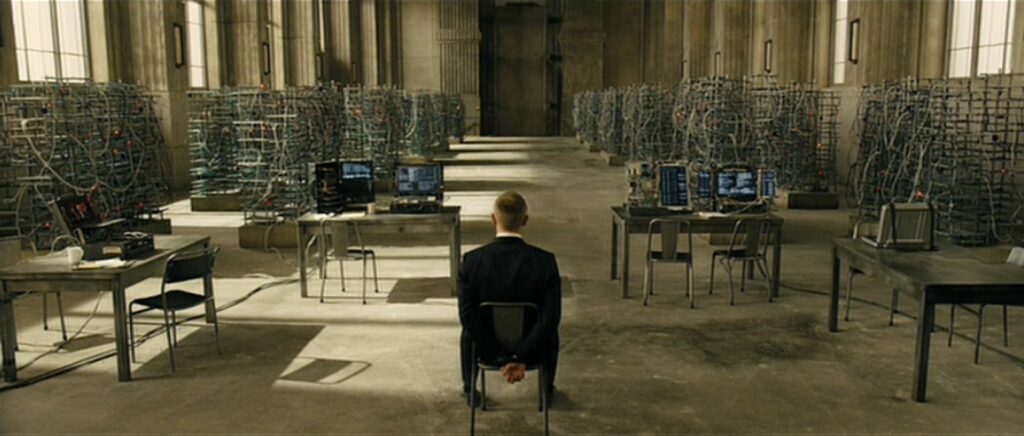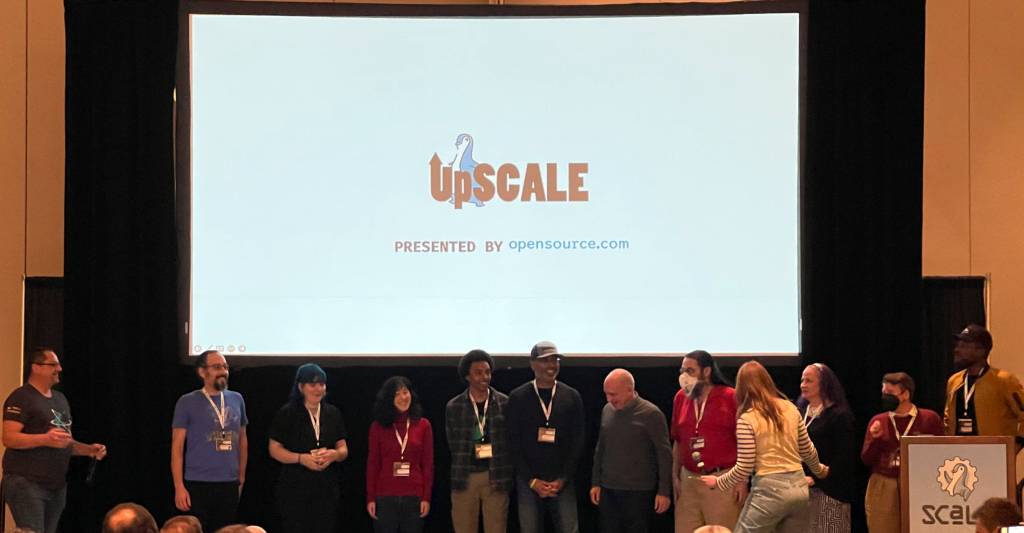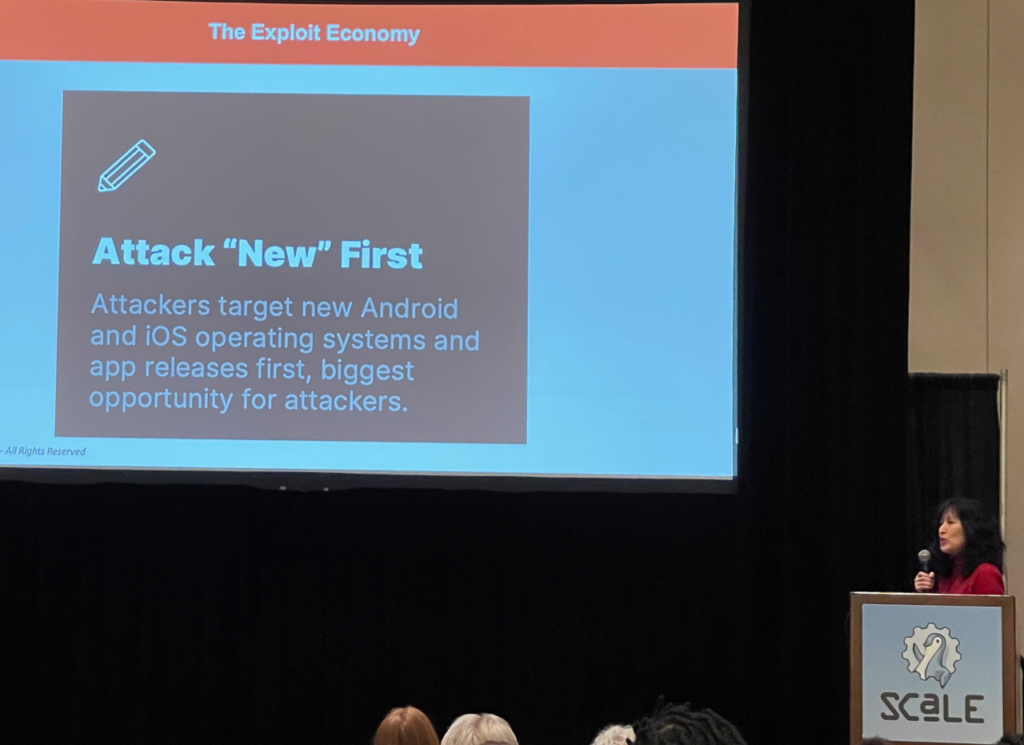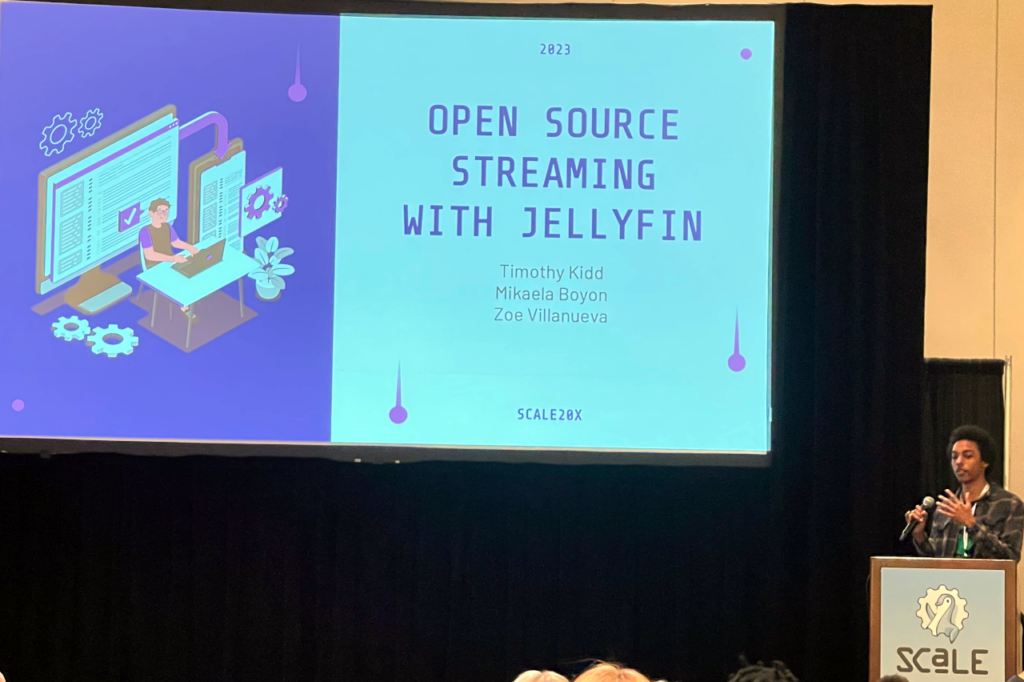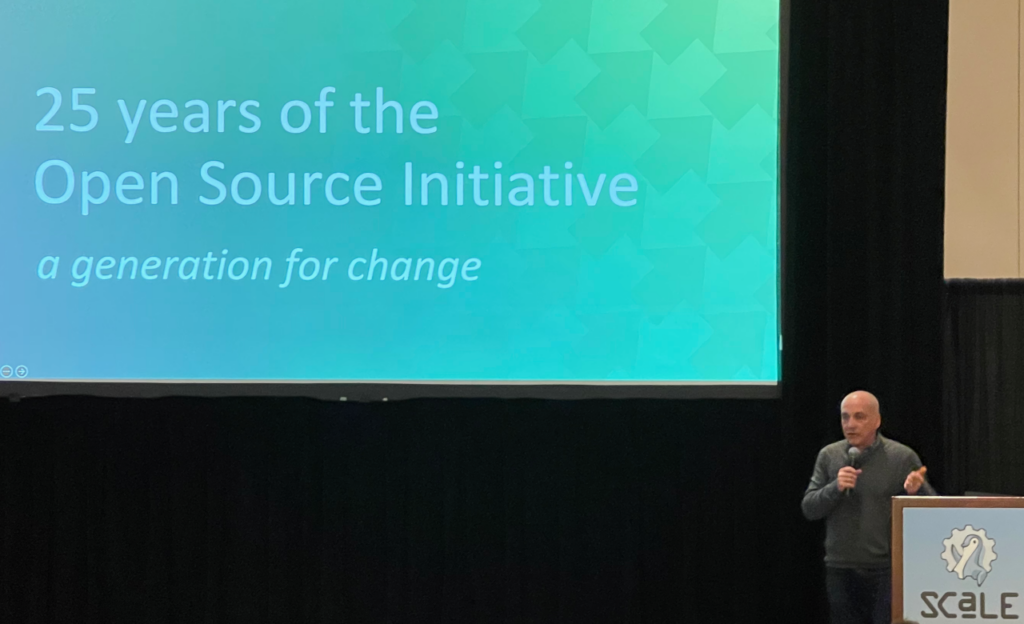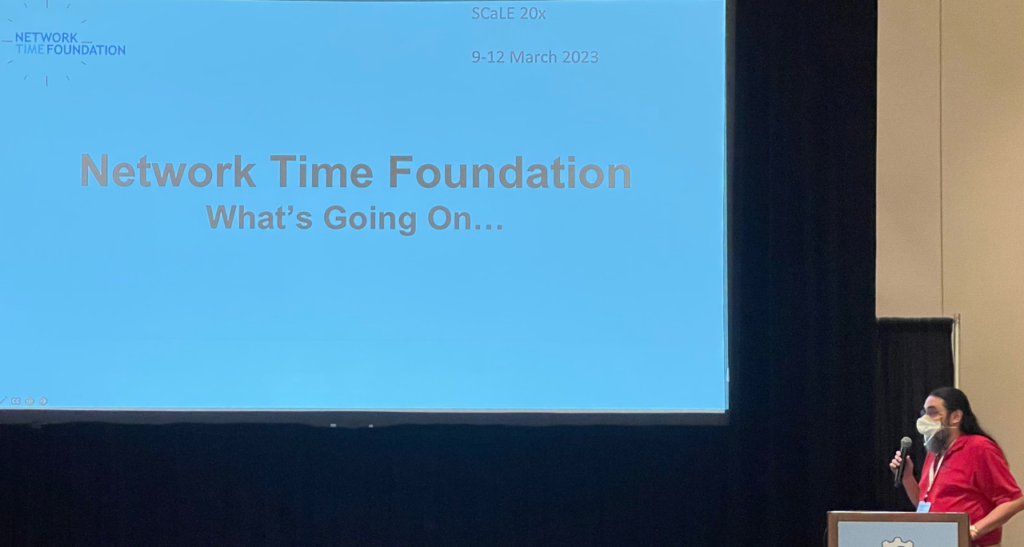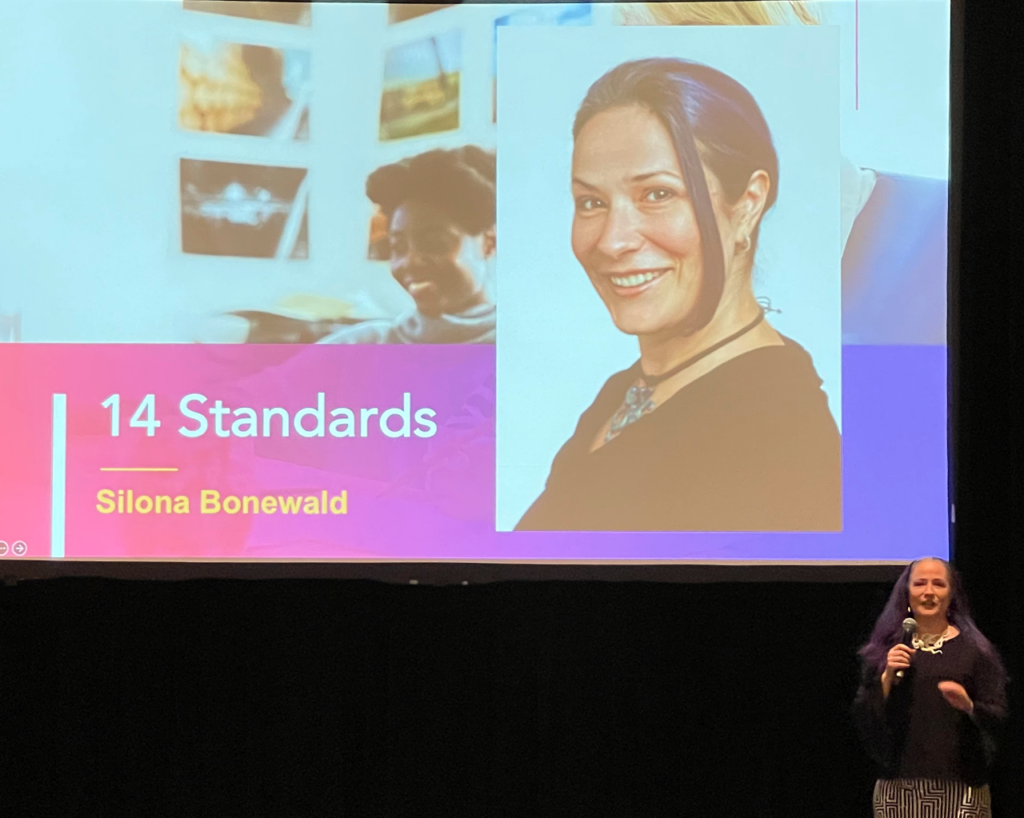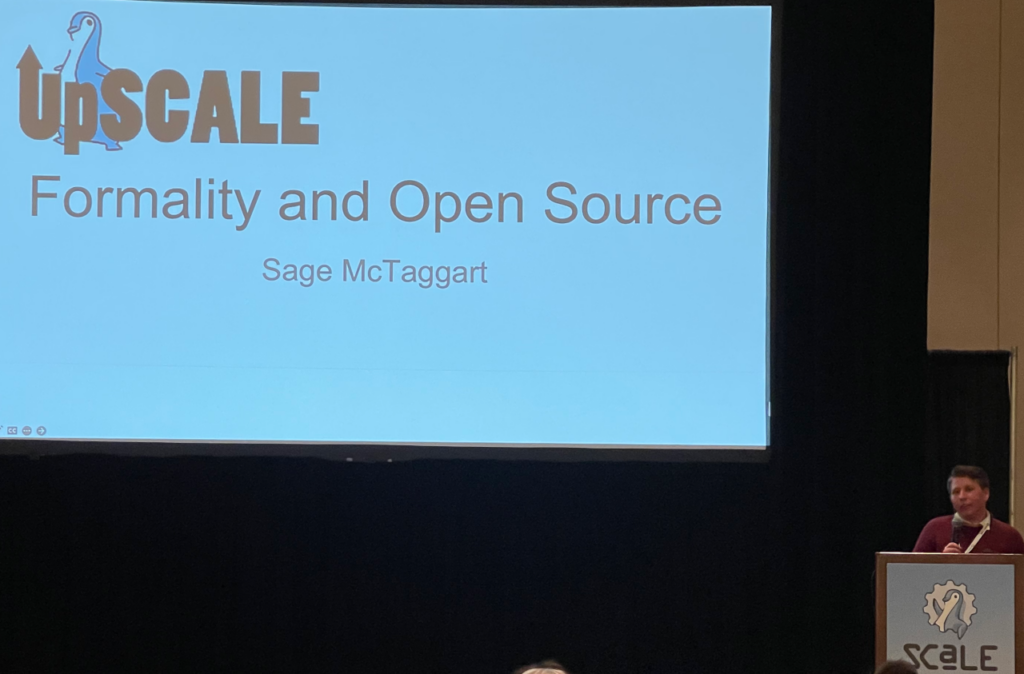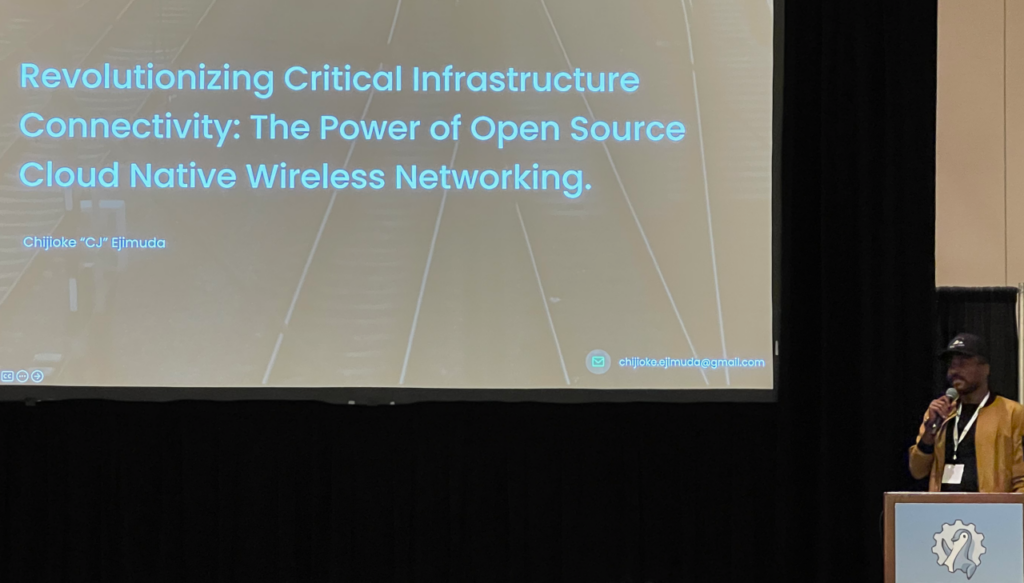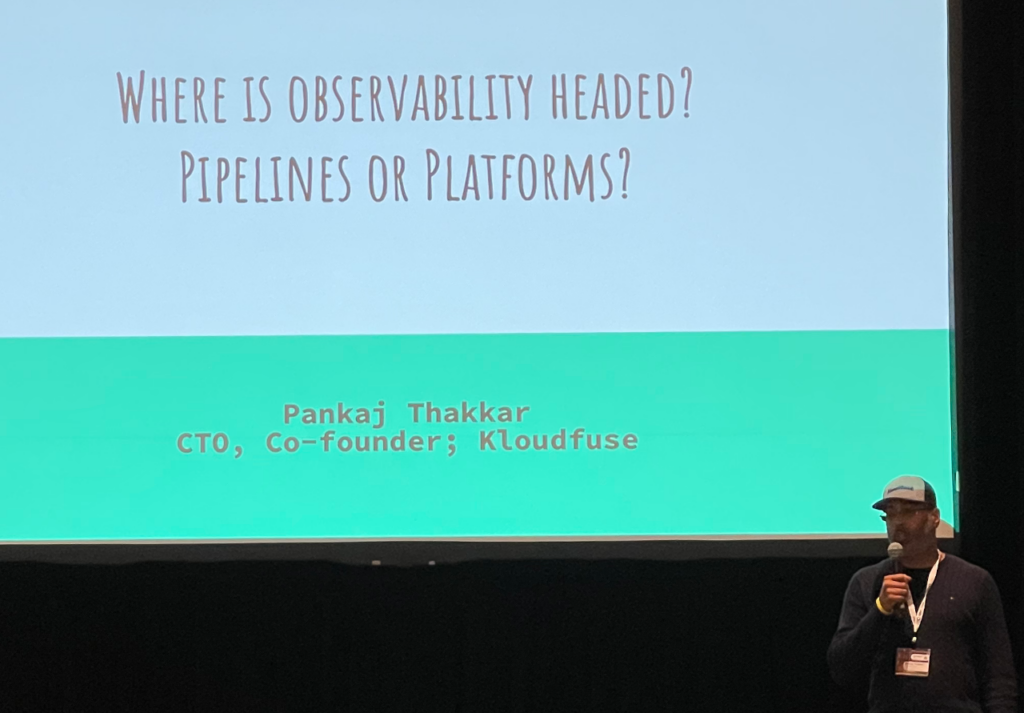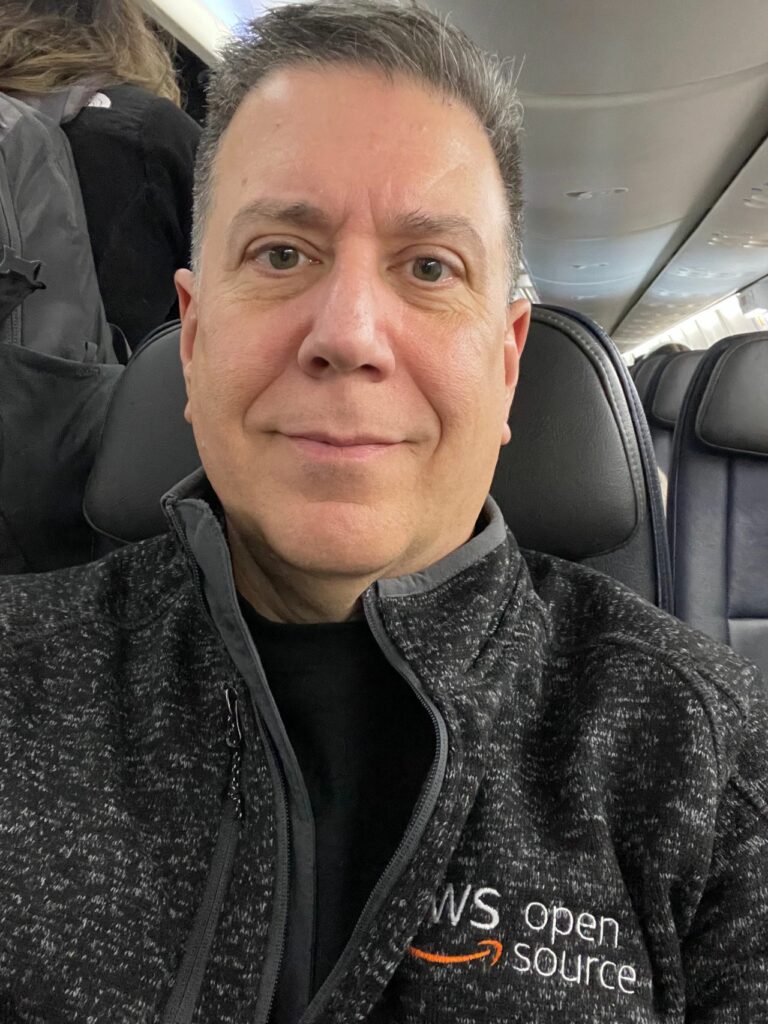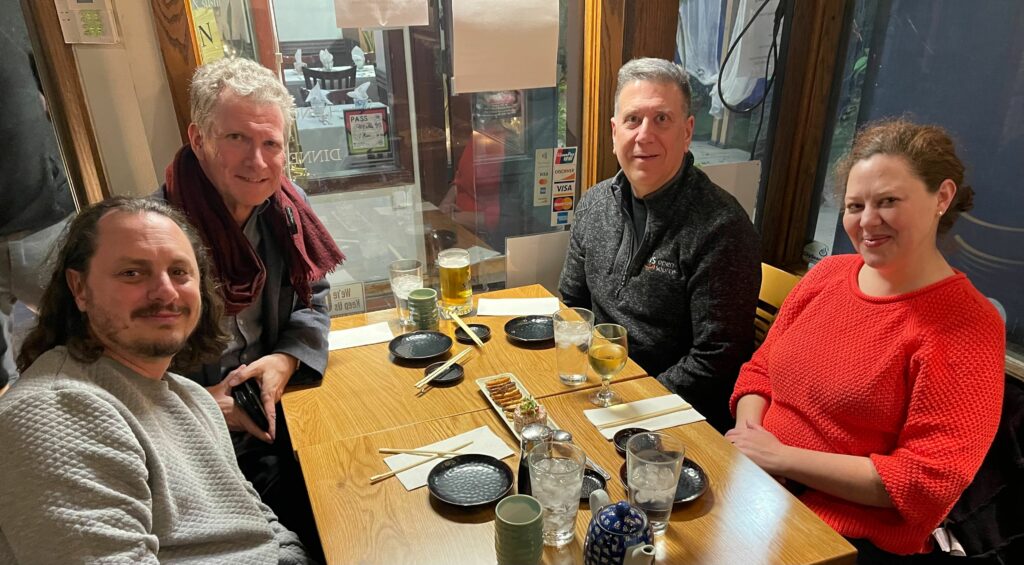The final day of SCaLE 20x was bittersweet, as I was eager to see more presentations but not ready for it to be over.
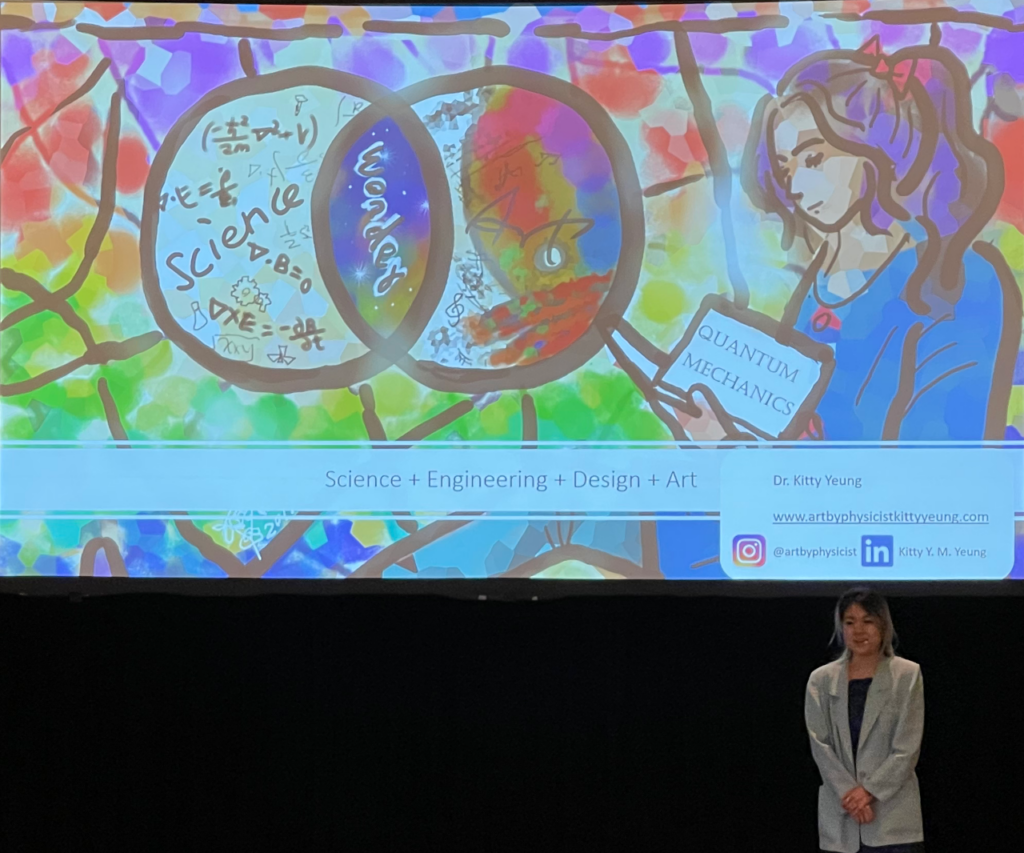
The opening keynote was given by Dr. Kitty Yeung. Dr. Yeung is one of those amazing people who makes me feel completely inadequate. A graduate of Cambridge and Harvard, she has worked in fields as varied as fashion and quantum computing. She is also an artist, and most of her slides were ones she created herself.
She did also use a really cool graphic of world population that would make Tufte proud.
A lot of her current work centers on the intersection of technology and fashion. Now I am the least fashionable person alive. Seriously, when I’m not in front of customers I wear the same clothes every day: a black, heavy-weight pocket T-shirt and Levis blue jeans.
I have often thought if I ever did start another company one option would be to create modern tech for older people. Now some people may say that products from companies like Apple are easy to use, but as someone who is often around people in their 80s I know this isn’t true for them. There should be a market for very simple, but powerful, tools aimed at people in this age group. I keep thinking of the Yayagram machine I saw a few years ago as an example.
Dr. Yeung’s work on integrating tech and fashion could be a great interface for these products.
Shifting gears a bit, the next presentation I attended was by Don Marti on privacy.
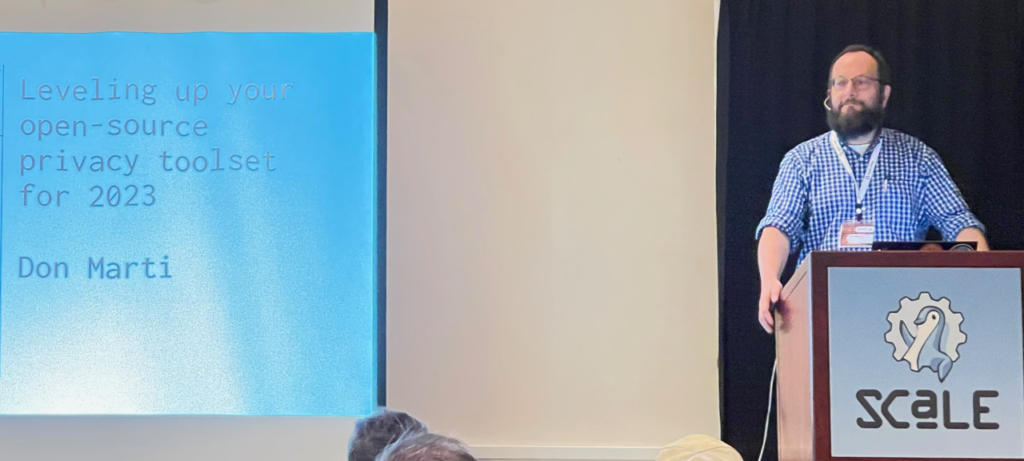
While it is hard for an individual to balance privacy and convenience in today’s surveillance economy, there are some steps you can take to minimize what personal information you share. I take a number of steps to increase my privacy while on the Internet and this talk gave me a few more tools to use.
One of the things I love about SCaLE is that they usually have an amazing closing keynote. It is cool because you get to end the conference on a high note, and as a speaker it is always nice to have something to keep people from leaving early on the last day.
This year’s keynote was no exception and featured Ken Thompson, one of the founders of Unix and the creator of the Go programming language.
Before he spoke, Ilan Rabinovich gave some closing remarks reflecting on 20 years of SCaLE (which I learned started out as an umbrella conference for Southern California area Linux User Groups).
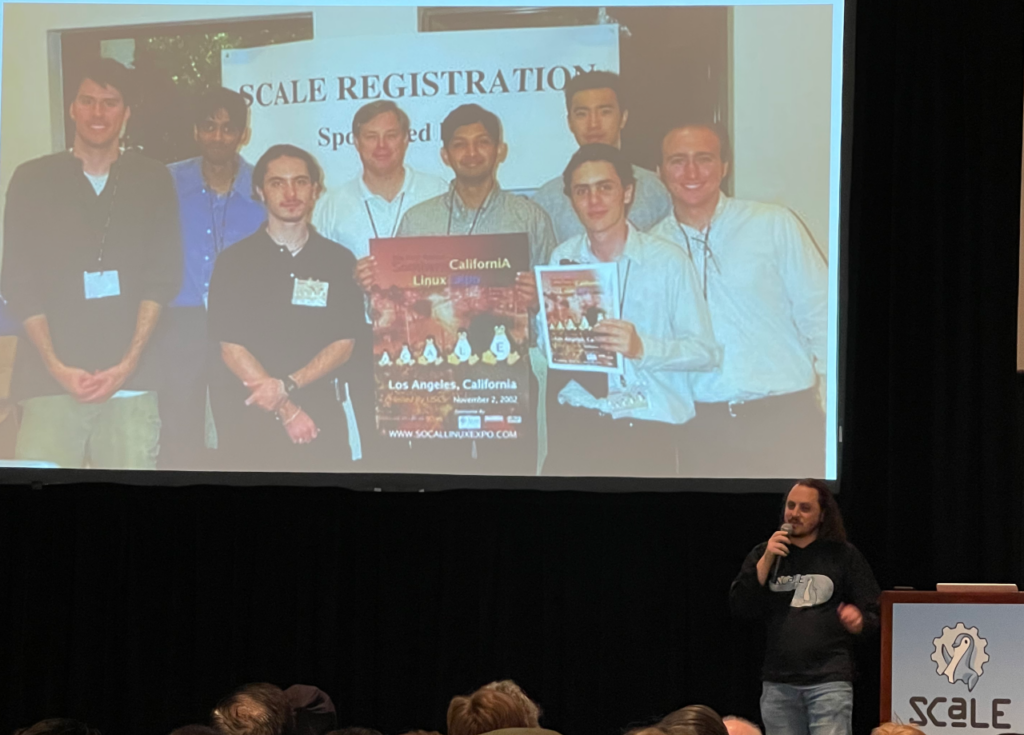
You can see a much younger Ilan as well as the still very tall Gareth Greenaway in that picture from SCaLE 1x. As someone who as been working in open source for over two decades it just doesn’t feel that long to me, so it was cool to reflect on all that has happened.
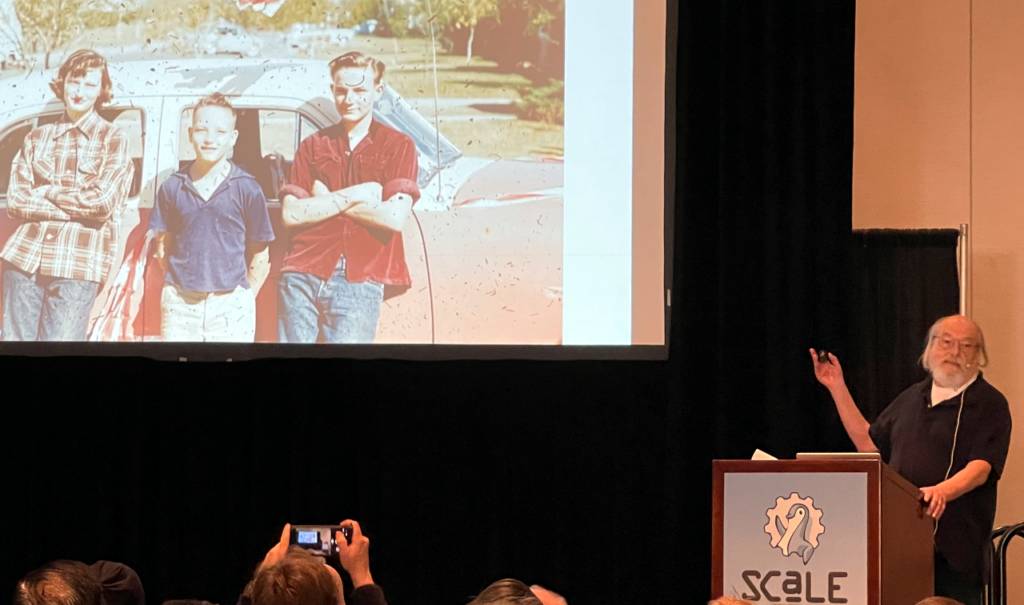
Two decades pales in comparison to the experience of Ken Thompson. He was hired by Bell Labs the year I was born.
He gave us some of the history of his time there and walked us through the creation of what was probably the ur-archive of digital music. In the before times, back when mp3 encoding came out and people worked in offices, some of us would bring in our compact disc collections, rip them and place them in a common archive. Ken’s project pre-dated mp3s and started out as a quest to collect all the Billboard hit songs from 1957. As someone with mild OCD issues, I felt seen when he talked about how that expanded to collecting all the songs (grin).
Of course, digital content isn’t useful unless you can access it, so he modified a Wurlitzer jukebox with a couple of iPads to provide a cool interface, and then, because he is awesome, he bought a refurbished player piano with a MIDI interface so you could trigger that from the same device.
So the best way to sum up Sunday at SCaLE is that you are a lazy bum compared to folks like Dr. Leung, Ilan and his team, and Ken Thompson, who apparently thinks about making a space shuttle out of discarded household appliances while you are watching re-runs of The Big Bang Theory.
(grin)
Hats off to the whole SCaLE team for another great conference, and I’m so happy that it was back in Pasadena. I am already looking forward to next year.
